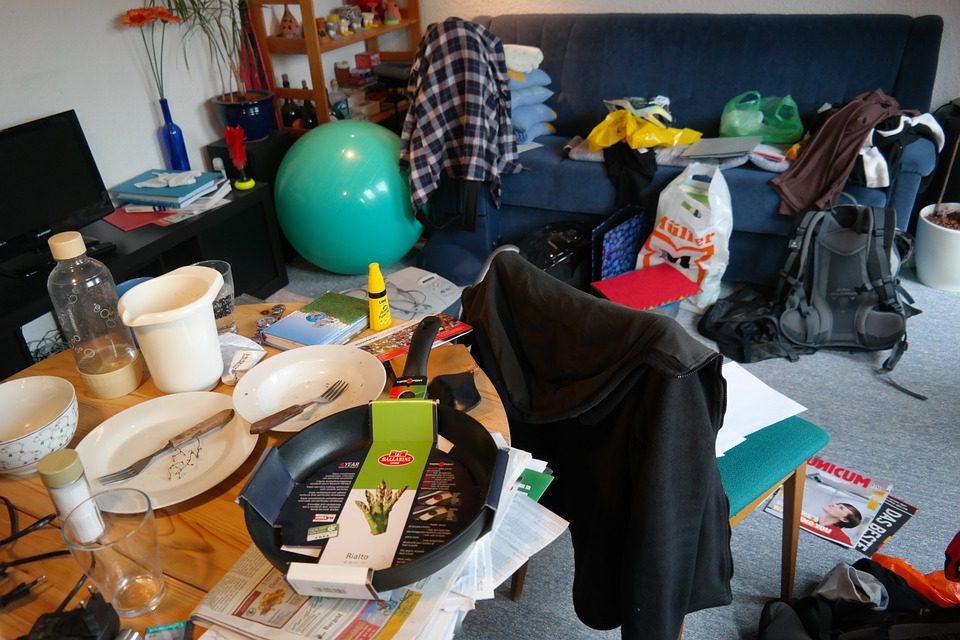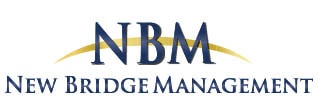
Collecting is a passion for some people and at times it takes an art form. People collect stamps, dolls, plates, art, cars, etc. Collectors deliberately search out specific things, categorize them and proudly display their collections or carefully restore and hide them.
But some people hoard. Hoarding is different than collecting. Hoarding is a disorder that causes persistent difficulty discarding or parting with possessions. This is often because of received need to save the items, causing the person with hoarding disorder distress at the thought of getting rid of the items. Resident hoarding can create cramped spaces where homes may become filled with only narrow pathways through stacks of clutter; compromising activities for which a living space was designed.
Check for Health and Safety Issues
Hoarding can cause significant health and safety problems both in the hoarder’s unit and the neighboring units. Sometimes hoarding can cause pest and rodent infestation, mold, increased risk of fire, interfere with entrances and exits and in extreme situations exceed load capacity of floors in older multi-level units. People with hoarding disorder often don’t see it as a problem and rarely self-report. Hoarding is often discovered by professional repair people when visiting the unit to make repairs. Because hoarding is caused by one or multiple psychological disorders, individuals with the disorder may be considered disabled. Federal and State Fair Housing laws protect people with mental disability.
Accommodate Tenant’s Disability
Before the resident can be evicted for violation of rental lease agreement terms, a good faith effort must be made to accommodate the tenant’s disability. The resident must be given the opportunity to come into compliance. Some of the accommodations include scheduling regular unit inspections and establishing goals to which the resident must agree to meet, providing the tenant with a list of resources that can assist and working with mental advocacy groups or fair housing in assisting the tenant develop a plan to bring the unit into compliance.
Get Assistance
Because hoarders sometimes see themselves as savers not wasters, they don’t recognize the problem. Getting assistance from the fire department, code enforcement or health inspectors who can inspect and identify code or health violations can be helpful.
Terminate Lease Agreement
 Termination of lease agreement without accommodation may be possible if the individual is a clear and immediate threat to the health and safety of other residents and no other accommodations will eliminate or mitigate the threat, serious health and safety issues can’t be mitigated, resident has caused serious monetary damage to the unit and will not pay the landlord for the cost of the repair or the hoarder will not engage in the accommodation process to bring the unit back into compliance.
Termination of lease agreement without accommodation may be possible if the individual is a clear and immediate threat to the health and safety of other residents and no other accommodations will eliminate or mitigate the threat, serious health and safety issues can’t be mitigated, resident has caused serious monetary damage to the unit and will not pay the landlord for the cost of the repair or the hoarder will not engage in the accommodation process to bring the unit back into compliance.
For additional tips with these and other issues, please contact us at New Bridge Management.
